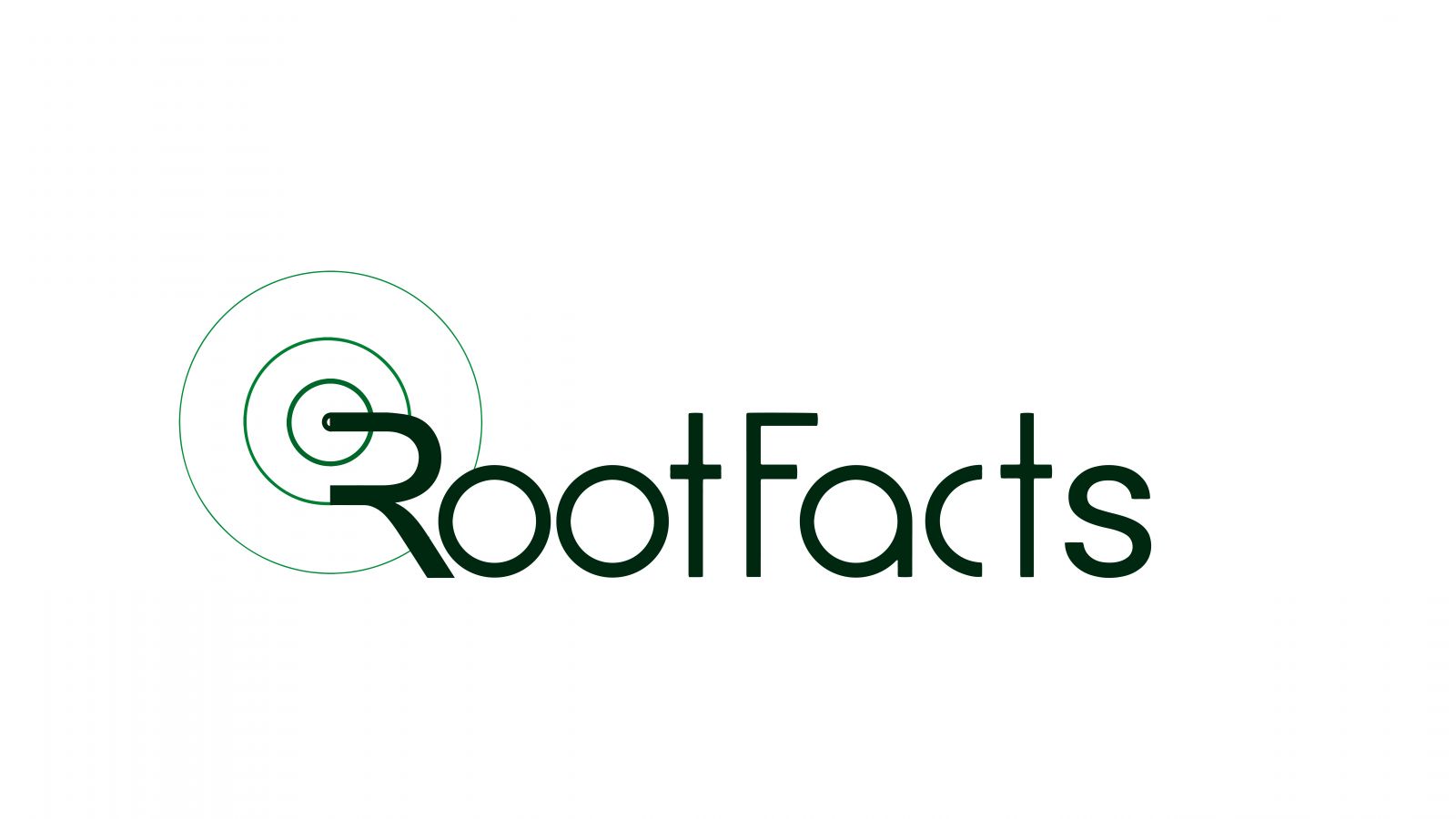Roofacts - Supply Chain Optimization Software Development Services For Agriculture
Optimize the supply chain of your agribusiness, from farm to fork
The agricultural supply chain is the route that food products take from being grown on a farm to being consumed by final consumers. There are various challenges resulting from inefficiencies in this process, which include:
Waste of Food
Shocking amounts of food go to waste globally because of spoilage and other breakdowns along the chain. It is estimated that one-third of all food produced is either lost or wasted [Food and Agriculture Organization of the United Nations].

Fluctuations in price
There are unstable market conditions as well as disruptions in logistics which may lead to high volatile pricing for both farmers and consumers. Farmers may not be sure about what they will get back while consumers face fluctuating food prices.

Transparency
For many consumers, it’s difficult to know where their foods come from since there isn’t enough visibility into this kind of information. It prevents customers’ trust in brands based on ethical and sustainable sourcing practices.

RootFacts offers Supply Chain Optimization services, an umbrella term used for numerous farming IT systems provided by the company, which farmers can use as a tool for streamlining processes involved within its value chain.
Understanding Supply Chain Optimization Software In Agriculture
Supply Chain Optimization software is how you make the journey followed by food products more efficient and transparent when they travel through different places. This consists of several core aspects:
Demand Forecasting
Inventory Management
Traceability and Visibility
Logistics & Transportation
RootFacts Supply Chain Optimization Services: Cultivating Efficiency Across the Food System
A unique feature of RootFacts Supply Chain Optimization Software services is their deviation from traditional consulting practices into data-driven technological solutions addressing various stakeholders along the agricultural supply chain.
Demand prediction through the use of machine learning
Using advanced algorithms, analyze past sales data, market trends, consumer behavior and sentiment on social media. As a result, stakeholders can with certainty predict future demand for particular items. It enables better production planning and allocation of resources. Machine learning models are capable of continuous learning and improvement thus making it possible to achieve accurate forecasts.
Real-time tracking and monitoring
Through placing sensors and monitoring systems throughout the supply chain to track the location, temperature, humidity and condition of products in real time, it is possible to avoid spoilage by taking preventive actions. For example in refrigerated transportation units there can be integrated temperature sensors that would monitor product temperature during transport as well as ensure proper storage conditions. Besides that we can use humidity sensors to check moisture levels for products prone to mold or spoilage.
Logistics optimization and route planning
Utilize smart logistics software to optimize transportation routes, minimize fuel consumption and reduce delivery times. These aspects aid in cost reduction as well as lower environmental impacts of the supply chain. Route planning software takes into account such factors as traffic patterns; weather conditions; locations where deliveries should be made; current information on road closures or delays in order to determine the most efficient way goods can be transported.
Blockchain integration
Use blockchain technology to create a secure store of information about the movement of goods within the supply chain which allows consumers trace back their food origin point, production methods used along with its journey thereby building trust towards brands being sold. Moreover blockchain technology makes sure that all transactions are never tampered with thus securing integrity in record keeping across all points of transitions involved in any supply chain process from beginning till end. By scanning QR codes on product packaging customers would find out more about farm where this product was grown, what production methods were employed here as well as if there are any certifications concerning this product.
